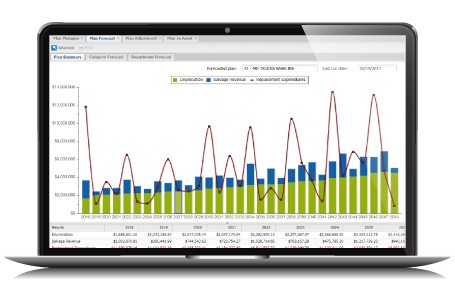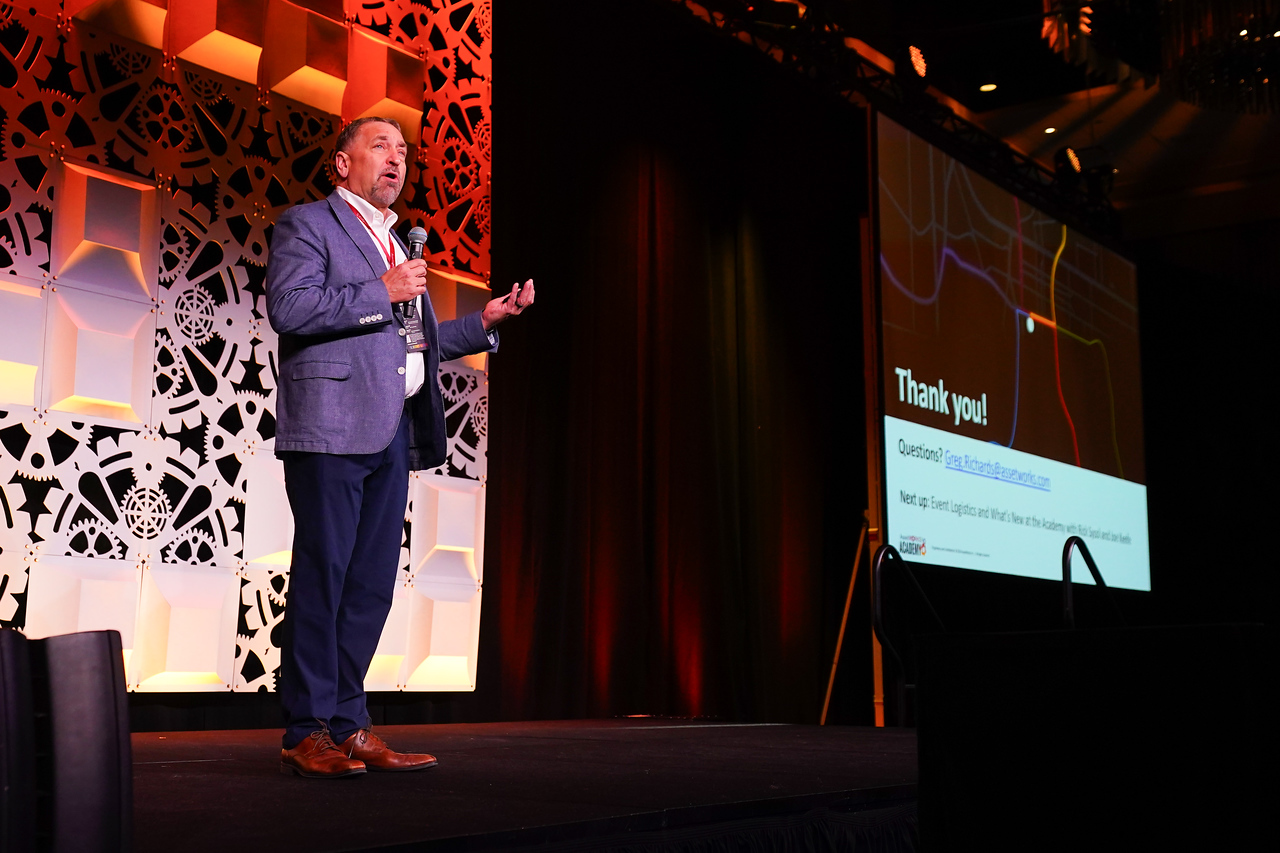These days, it wouldn’t be a surprise to find a fleet organization struggling with collecting, analyzing, and planning based on asset data. As a result, the ability to manage the planning, procurement, and disposal processes of fleet assets is hindered. AssetWorks’ Capital Asset Management (CAM) application is the first software solution on the market that is specifically created to help fleet managers and software users to do their jobs in the most efficient way they can.
In total, CAM has four primary modules: Analytics, Planning and Budgeting, Procurement, and Remarketing. Each module is linked to a database, which is integrated with the maintenance system. In this blog, we will spend a brief time looking at the primary benefits and features of the Planning and Budgeting module.
What Can the CAM Planning and Budgeting Module Do?
The purpose of this module is to assist asset managers with planning for the replacement of assets and managing capital budgets. Briefly, the functionality in this module uses current operating cost, utilization data, and user-established replacement guidelines to identify when asset replacements should be scheduled and prioritize asset replacement. CAM provides a single source of truth and an automated process for asset planning and budgeting. Below you can see some of the high-level functions of the Planning portion of the module.

Planning
For years, asset managers used spreadsheets to plan for new and replacement assets. This process is not only time-consuming but difficult, putting unnecessary pressure on managers to make critical financial decisions on top of their day-to-day responsibilities.
CAM automates this process, providing the tools to select, evaluate, and forecast an asset’s replacement as well as its subsequent replacement for up to 30 years in the future (Key-for-Key Replacement). The planning process is directly integrated with the CAM asset history, meaning that plan setup and execution can be completed in minutes rather than hours. CAM also allows for plan-specific replacement criteria adjustments and scoring and can link plans to allow for the easy generation of scenarios and alternative plans. When plans are finalized, they are added to a budget and subsequently locked after approval.
Plan Setup and Types
Users have tremendous flexibility in how plans are set up, which can be viewed in depth in this white paper. Once the plan is set up, depending on the length of time and the number of assets being tracked, the finalized plan can be completed within minutes. Plan settings can be modified and regenerated, as needed.
CAM supports plans that can have several different use cases, as illustrated in the following examples:
- Baseline Plans – Used to determine what the current replacement requirements are based on the backlog of assets that are overdue for replacement as well as when assets will be due again over the long term.
- Strategic Plans – After running the Baseline Plan and determining the size of the backlog, a near-term (3-5 year) strategic plan is constructed by adjusting the forecasted replacement dates of assets to smooth out the number and cost of assets to match expected funding levels.
- Tactical Plans – Tactical Plans are linked to a budget and assets on these plans that are replaced within the same fiscal year as the budget will be added as lines in the budget. A Tactical Plan could be a three-month quarterly plan or a multi-year plan.
- Growth/Initiative and Contingency Plans – The purpose of these plans is to create budget placeholders for new assets or slots for unplanned replacements in a Contingency Plan. Growth Plans represent additional units to accommodate growth in business operations, whereas Initiative plans are used to track new asset initiatives. Contingency Plans are set up in the same way but with the expectation that once the contingency asset is put into service, a replaced asset number will be assigned to the asset and the asset that it replaced cannot be put onto another plan.
Plan Adjustment and Forecast
After the plan is generated, the Plan Adjustment screen is used to finalize it through robust user-customizable parameters.
The Plan Forecast screen provides three different summarized views of the plan. The first is a graphical summary of the plan’s annual expenditures and includes an estimate of the incoming depreciation income for the assets owned in that year and the salvage value of the assets that will be replaced annually.
The next forecast is a summary by category. Here, the category hierarchy is used to summarize the number of user-defined criteria.
The final forecast is categorized by department. In this forecast, each leaf on the department tree displays the summation of the children’s units below, allowing you to drill down through the organization hierarchy to view plan expenditures and revenues at each level.
Budgets
The Budget Module gives users the ability to set up capital budgets to plan and track asset purchases. Budgets are set up for one or more fiscal years and can be adjusted to match how the user manages budgets before using CAM. Budgets can be fleet-wide or broken up by asset type, business unit, and/or funding source. Budgets have an authorized amount, and as assets go through the procurement process, the capital costs are tracked against the budget, providing instant insight.
Budgets can be plan or request based. Plan-based budgets have one or more Tactical Plans assigned to the budget. Request-based budgets do not require plans. Rather, assets start as an Asset Request and the request is assigned to an existing Budget. This process is useful for managing new, contingency, and write-off assets where the assets that are being requested are not known during the planning stage. It can also be used to incorporate assets budgeted or on order before CAM was implemented.
CAM Analytics has a robust set of a features that organizes and optimizes the total asset replacement process. If you would like to see an in-depth study of both the Analytics and Planning and Budgeting modules, please check out this white paper.












